
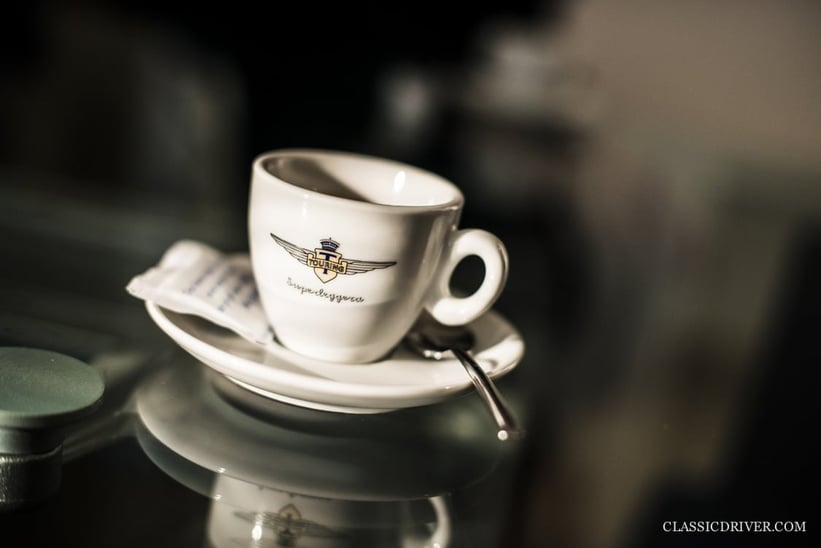
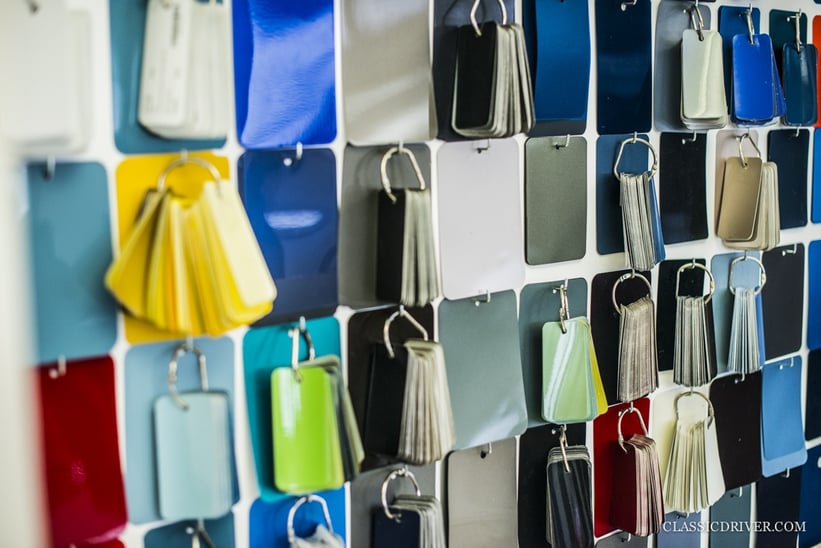
Founded in 1926, during the golden era of automotive coachbuilding, Carrozzeria Touring became well-known for its elegant and well-proportioned lightweight bodies, which used an aluminium skin atop a tubular frame and bore the evocative Superleggera name. “Weight is the enemy and aerodynamic resistance the hurdle,” declared Touring’s gifted co-founder and chief designer, Carlo Felice Bianchi Anderloni. Following this mantra, the small workshop on the outskirts of Milan created some of the most beautiful and influential cars in history, such as the BMW 328 Berlinetta, the Ferrari 166 Barchetta, the Alfa Romeo 6C 2500 ‘Villa d’Este’, and the legendary Aston Martin DB5. Carrozzeria Touring’s most revolutionary design was undoubtedly the Alfa Romeo 1900 C52, a streamlined sports racing car that was unveiled in 1952 and became commonly known as the ‘Disco Volante’ — or Flying Saucer — due to its sleek, out-of-this-world appearance. Although the company closed its doors in the 1960s, it reopened in 2006 and, today, produces limited Superleggera sports cars, adhering to the classic design principles once again.
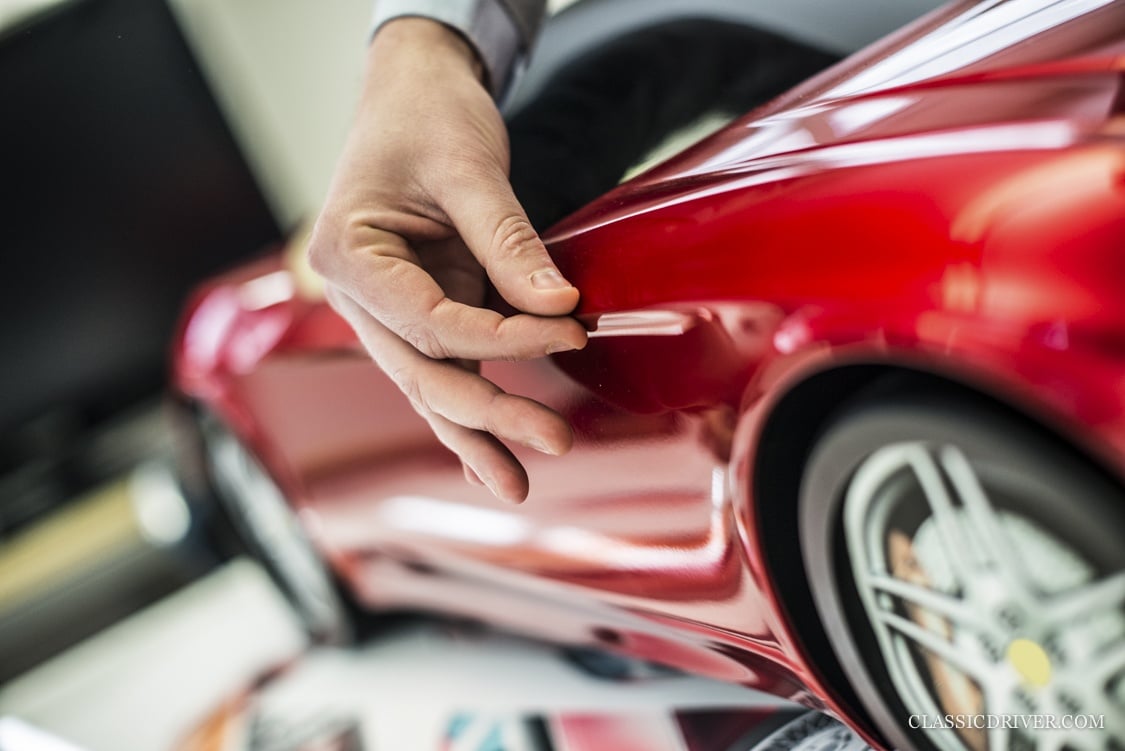


Since its return, the most successful new creation by Carrozzeria Touring has been the modern interpretation of the iconic Disco Volante, a limited-edition supercar based on an Alfa 8C Competizione, which was showcased at the 2012 Geneva Motor Show. Designed by the studio’s chief stylist, Louis de Fabribeckers, the new car masterfully translated the original’s revolutionary concept into the 21st century. “In the 1950s, the original Disco Volante was a very futuristic car,” explains de Fabribeckers, a Belgian-born automotive designer with boyish charm and a waggish sense of humour. “It was highly aerodynamic and the very first car to feature a faired-in underbody. If you look at it from the front, you see an almost oval section, which was a source of inspiration for the Jaguar E-type. The track was rather small, and the wheels were almost entirely hidden — you barely notice them.” One needs to consider that, in the early 1950s, the design was mostly just put on top of a rolling chassis. The Disco Volante reinvented this architecture completely, with the body almost completely wrapping the entire car. “You could have basically turned it upside down and it’d still look very similar,” says de Fabribeckers. “That’s why they called it a flying saucer.”
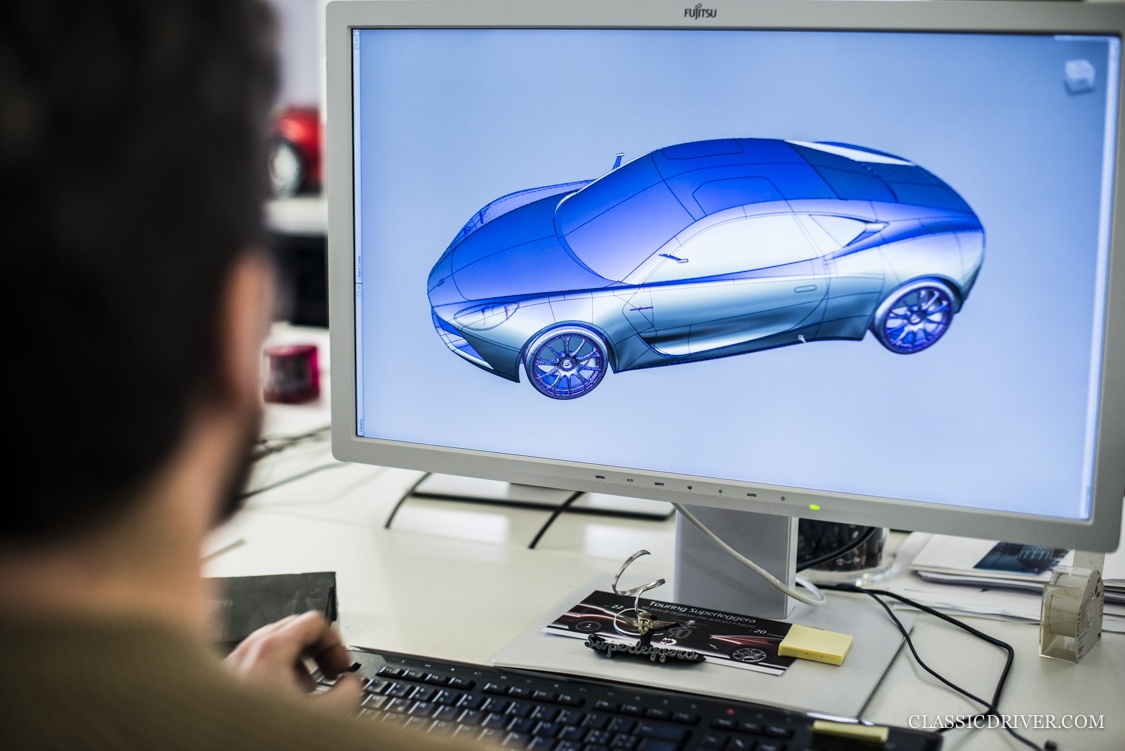
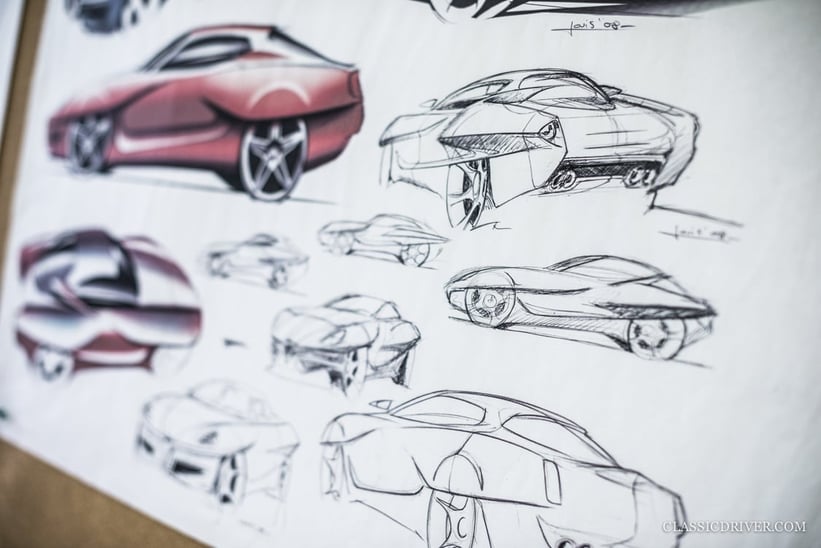

But what enabled such a daring design? Why were the designers at Carrozzeria Touring able to leave all conventions behind them? “I don’t think our designers in period were just creative geniuses,” says de Fabribeckers. “They had a very particular cahier des charges from Alfa Romeo, who gave them a fantastic racing chassis and a glorious engine, and in return, asked for a very competitive body.” Touring was famous for its Superleggera approach — using lightweight materials, with a special focus on aerodynamics. And they were the only company around that had a scale wind tunnel. “The streamlined form of the Disco Volante was the logical solution to the problems set by Alfa Romeo. It might have looked spectacular, but even more important, its drag coefficient was very low. The drop shape might not have been the best to handle sharp curves; therefore, the car never won anything. But for going straight, it was a revelation.”
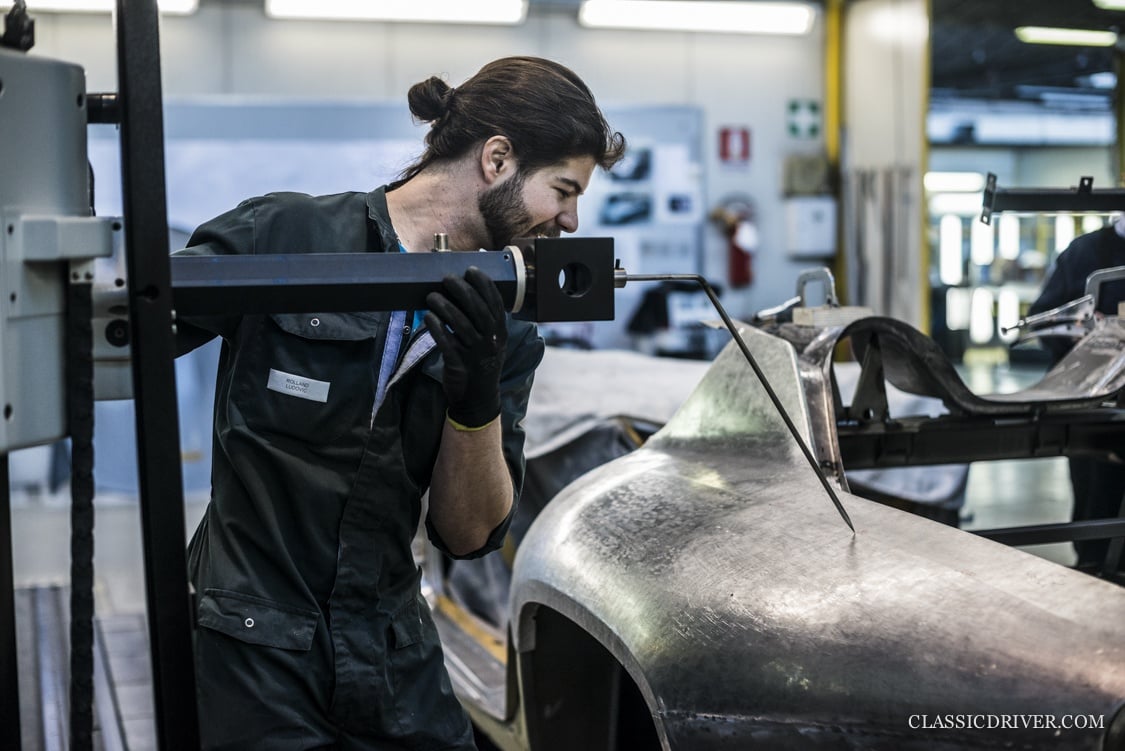

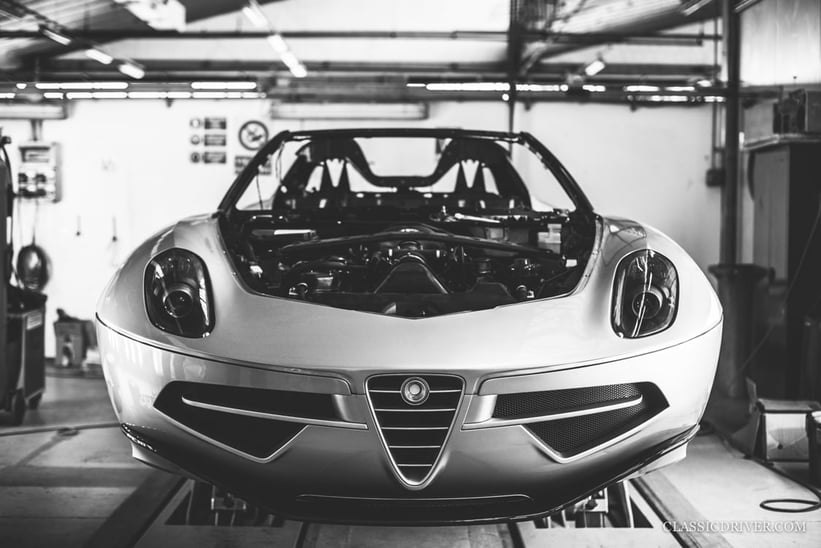
The biggest difference between the golden age of coachbuilding and today is the complexity of car production. The working process at Touring, with its hand-beaten aluminium panels, might resemble coachbuilding of the past, but the designs are often based on high-performance supercars. “Back in the day, the designer tested and improved everything immediately on the track or road,” says de Fabribeckers. “There’s a period picture of one designer — I don’t remember if it was Gandini or Fioravanti — sitting in the driver’s seat of a car with an instrument in his hand, lay outing the dashboard according to his personal size: ‘Well, let’s put the speedometer here — it fits for me!’ That’s probably why a lot of Italian cars from the 1950s are almost impossible to drive for taller people, because they were designed just for their creators.” Today, the cars designed by de Fabribeckers and his team at Touring Superleggera have to accomplish, at the very least, the same level of comfort and performance that the donor cars offered. The Alfa 8C Competizione, which is the base for the new Disco Volante, has more than 400 horsepower and goes from zero to 60 mph in about four seconds. “Of course, we must make sure that performance is not compromised by a new body style. During the six-month development process for the car, we spent just one month on design and five months on engineering. That is what customers expect. Coachbuilding cars isn’t something you can do at home in your garage anymore. It’s a whole different game.”
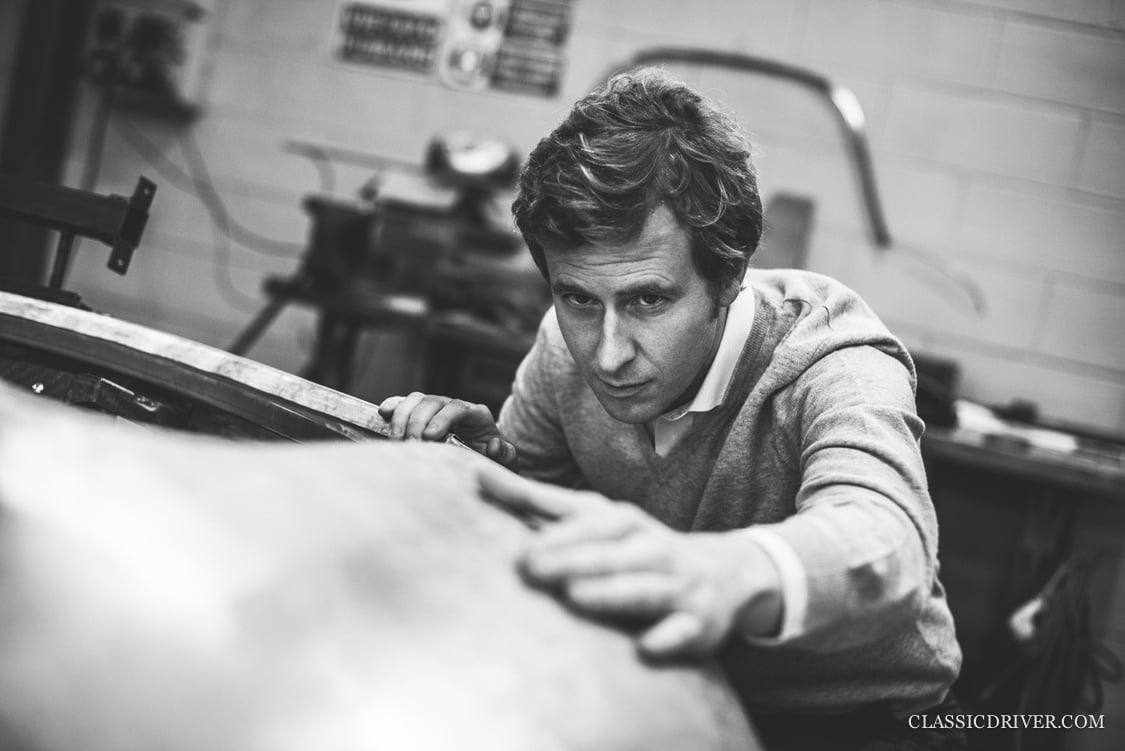

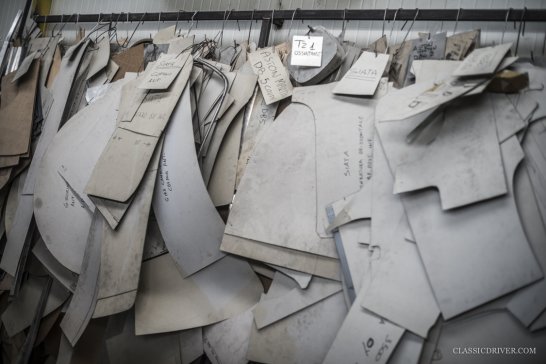
Today, Carrozzeria Touring is catering to a fast-growing market for limited-edition coachbuilt sports cars. And while big manufacturers are aiming for coherent design languages across their product ranges to consolidate their brand identities, a small player, like Touring, still has the freedom to give each model a strong personality of its own. “If we design a car, we’re not limited in terms of branding and communications.” explains de Fabribeckers. “First and foremost, the final shape needs to evoke a certain sensation in the viewer. Every car that we produce needs to be a show stopper! That’s why, in search for inspiration, my focus often shifts towards the most daring and radical cars of their time — no matter if they were built in the 1920s, 1930s, 1960s, or 1970s.”
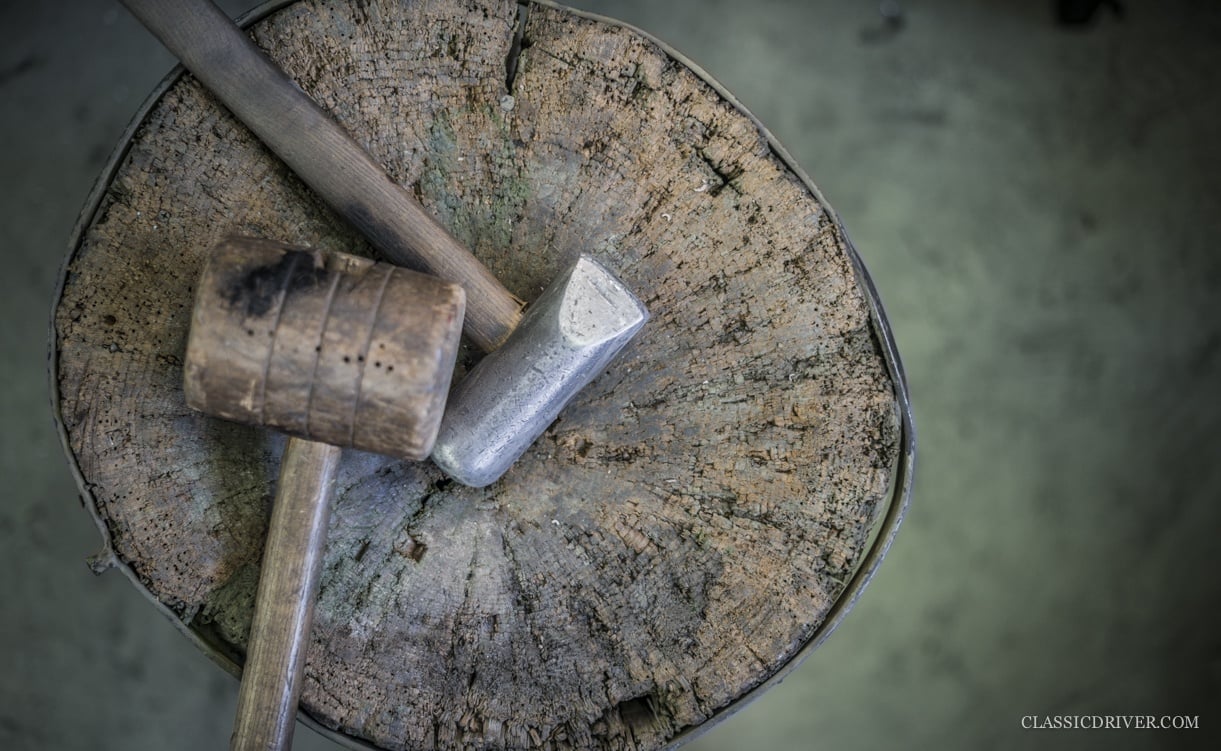
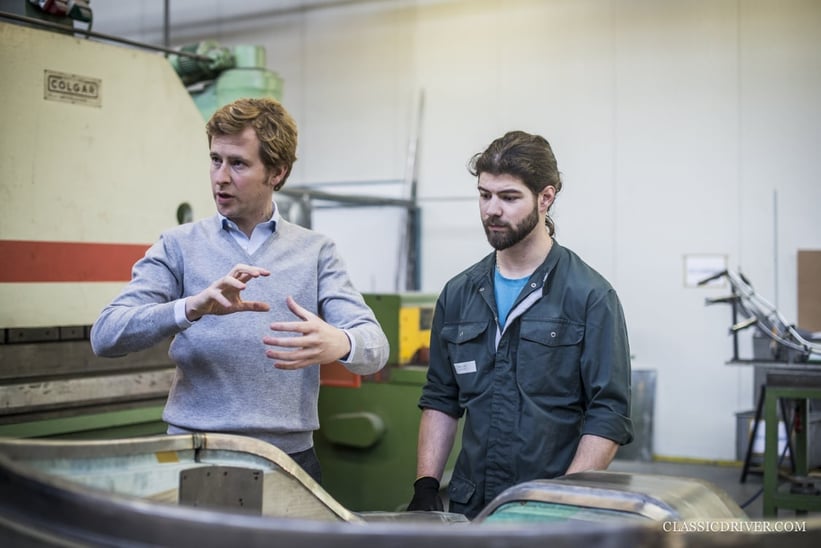
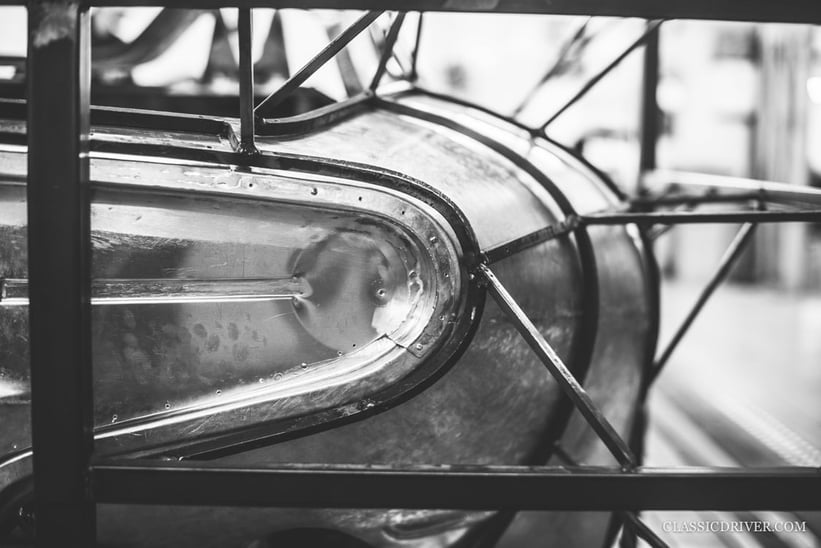
Unsurprisingly, the Touring designer finds Italian coachbuilders and their tailor-made creations especially inspiring. “Historically, the most beautiful — as well as the weirdest — cars were designed by coachbuilders. You might not have liked what they did, but they were always interesting. The underlying commonality behind of all these coachbuilders was that they always had some sort of third eye — they weren’t focused on just one brand and, therefore, were more open-minded. While a designer at a major manufacturer needs to convince the board about every special shape, I just need to speak to the panel beater in the workshop. Through the design, I can demonstrate the abilities of our workers and show off the fact that our cars are still built by hand. And that’s what I love about this job.”
Photos: Rémi Dargegen for Classic © 2017







































